Bakhmut has become a bloody symbol for both Ukraine and Russia – with the cost paid in human lives
Claim and counter-claim are flying between Moscow and Kyiv over the eastern city, writes Kim Sengupta. But there is one undisputed fact – the massive death toll and pain felt by those who have called it home

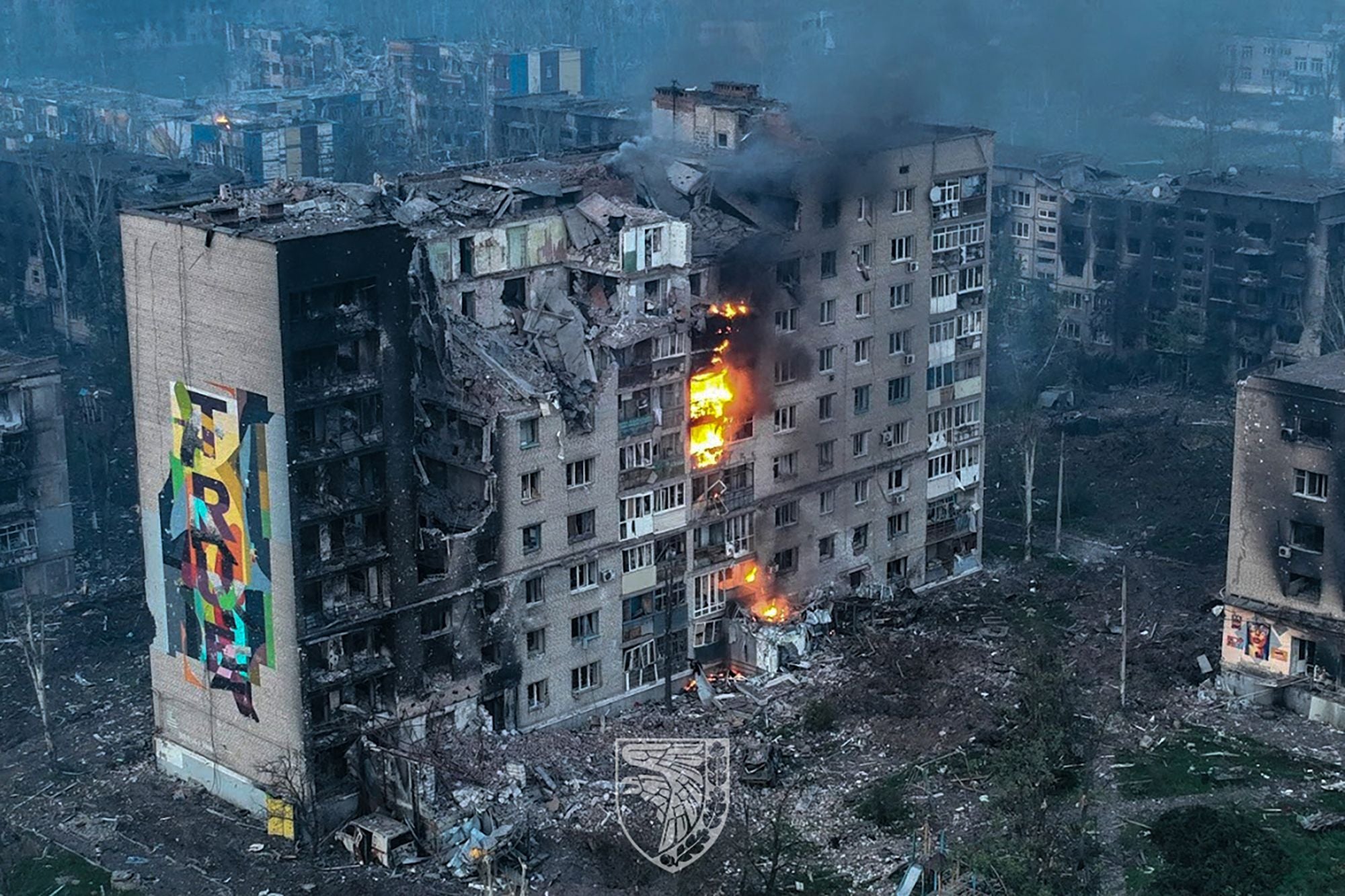
Vladimir Putin declared victory in Bakhmut at the weekend, but Volodymyr Zelensky denied that the city has fallen and claimed that Ukrainians were in the process of encircling the enemy. The longest and bloodiest battle of this war continues with its lethal toll.
Around 70,000 people lived in this small city in Donbas before the Russian invasion 15 months ago. More than 100,000 have been killed and injured since then in the struggle for control which has been going on for 10 months, with entire neighbourhoods razed to the ground.
Yevgeny Prigozhin, whose Wagner mercenary group has played a prominent role in the Bakhmut assault, announced that he will hand the city to the Russian military next week. Kyiv’s deputy defence minister, Hanna Maliar, has insisted he will be in no position to do so. The fierce struggle continues with Ukraine poised to seize “dominant heights on the flanks,” she has said.
The savage battle – yielding a daily supply of corpses – has led to international headlines of “Bakhmut Meat Grinder” and “Bakhmut Bloodbath” with both sides feeding soldiers and weapons into what has become one of the most totemic frontlines in this conflict. What has unfolded, according to both Ukrainian and Western officials, is like the Somme or Stalingrad.
But what has been gained after such carnage? Bakhmut, say Western military commanders publicly and Ukrainian commanders privately, has limited strategic value. Many Ukrainian soldiers I have met in what is left of the city, and Russian prisoners-of-war they have captured, question why so much is being sacrificed for what, at the end, will amount to basically a symbolic victory.
Bakhmut, on the Bakhmutka River, about 60 miles north of Donetsk, is on the primary routes Russian forces have attacked in attempts to break through to the main urban centres of Slovyansk and Kramatorsk. The defences of the two cities have, however, been much strengthened in the last four months – with the supply of American and British High Mobility Artillery Rocket System (HIMARS) and Multiple Launch Rocket System (MLRS) making an advance extremely difficult. For Russia, Britain’s Ministry of Defence (MoD) has said, “the capture of Bakhnut will have limited operational value.”
I had covered the fighting at Bakhmut (then called Artemivsk) in 2014, during the separatist war which followed Ukraine’s Maidan revolution – between Ukraine’s troops and National Guard, and the Russian-backed fighters of the “Donetsk People’s Republic”.
The separatists were aiming to capture a massive ammunition stockpile, including tank shells, in the suburb of the city of Paraskoviivka. They failed. And after two months of districts changing hands – much as has been happening now but with less ferocity – retreated from the city.
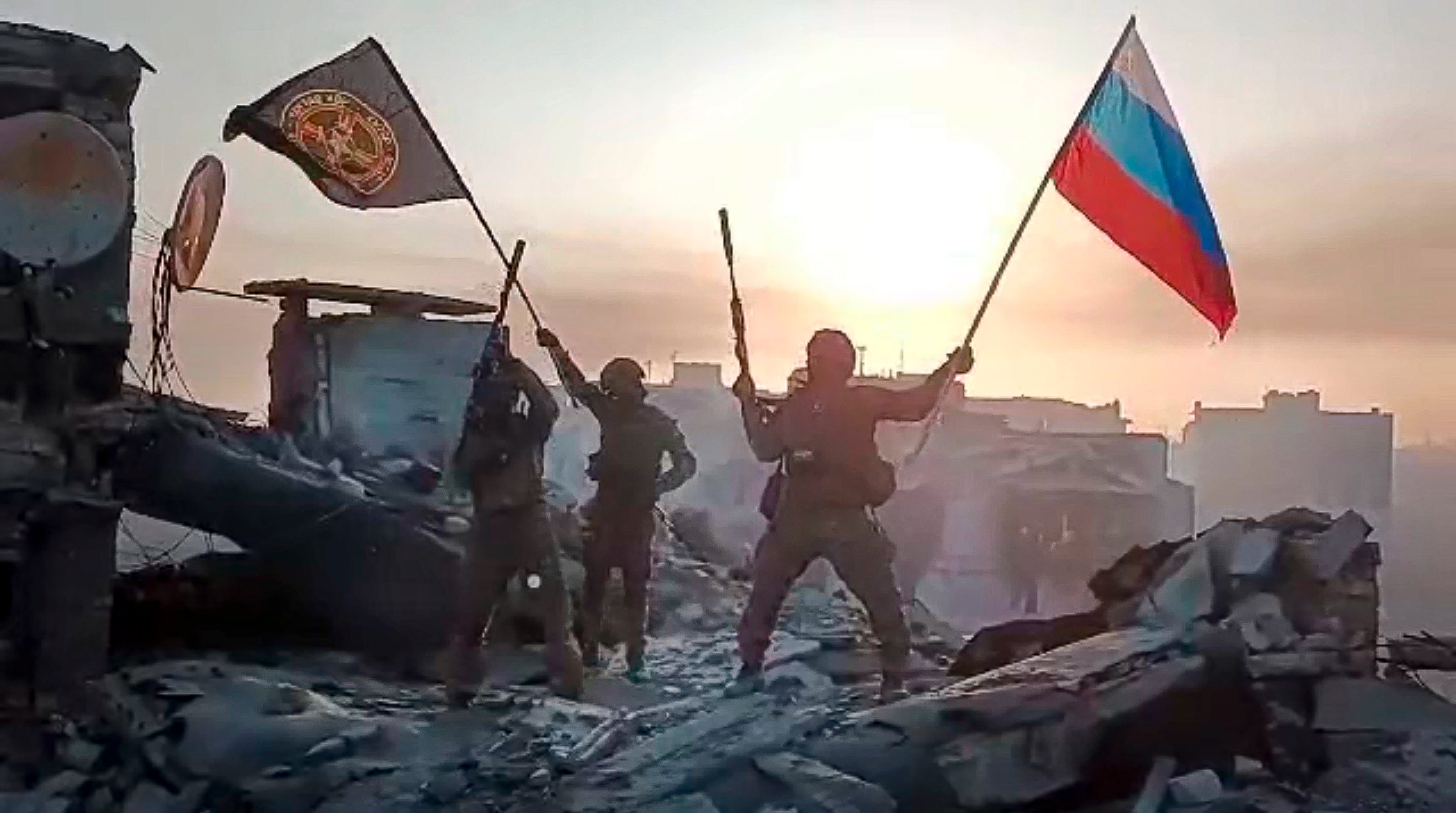
Bakhmut returned to normality, with salt mines in the nearby town of Soledar once again operational, and the major winery active despite losing much of its traditional grape supply from Kremlin-annexed Crimea. Cafes and restaurants continued to cater to the trade coming from the highways linking Kharkiv and Rostov and also Kyiv and Donetsk. The Palace of Culture was renovated, a new football stadium built.
By last summer Bakhmut was coming under shellfire, but I could stay there while covering the Russian attacks on Sievierodonetsk and Lysychansk. Both the cities eventually fell – with Ukrainian forces, at the time, outgunned across the Donbas.
Bakhmut, however, looked like it could hang on. Colonel Oleh Hryhorov, the chief of police for the Luhansk region, who had based himself there while joining his officers daily on the front line, said: “The Russians will try to take this city, but we haven’t got our backs to the river in some of the other places, we can maintain resupply and we can check them. They are not going to find it easy getting through here.”
The attacks began soon afterwards and Russian forces began to occupy outlying areas without being able to break into the centre. Stalemate beckoned, with the possibility of a pull-back, as had taken place nine years ago.
Lieutenant General Valerii Zaluzhnyi, the Ukrainian military chief, told us at the time “It’s really tough, but after tremendous efforts, we are managing to stabilise the situation”. The MoD assessed: “There is a realistic possibility that the assault on Bakhmut is losing momentum….”
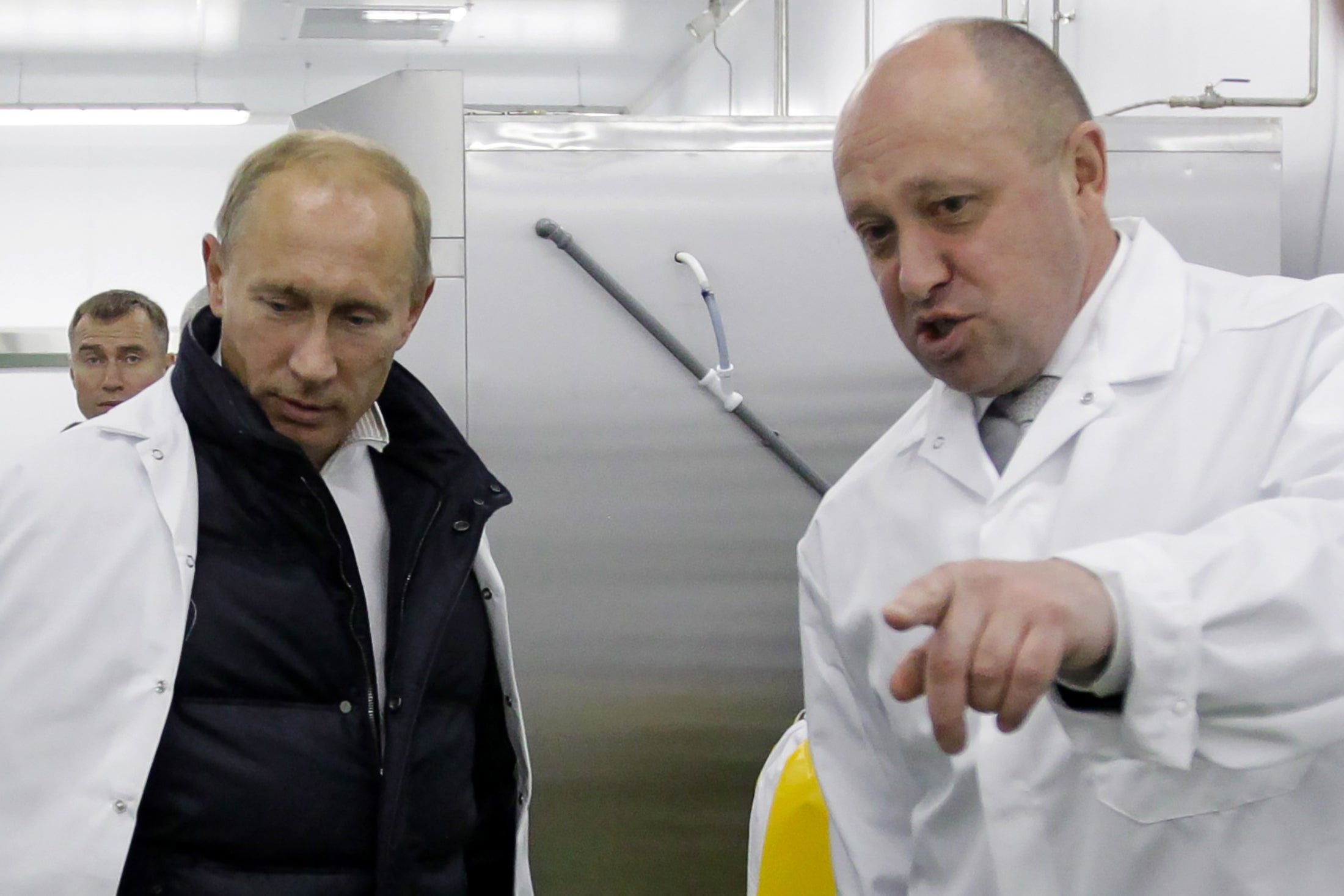
But then Bakhmut fell under the baleful gaze of Prigozhin. The Wagner boss, nicknamed “Putin’s Chef” due to his one-time closeness to the Russian president and lucrative government contracts, had become involved in the war and wanted a statement victory.
Bakhmut became Prigozhin’s chosen arena, and thousands of his mercenary fighters were sent to the front line. A significant number of them had been enrolled from prisons: cannon fodder recruited on the promise of pardons if they survived.
One of the first Wagner attacks came along Patrice Lumumba Street in the industrial zone. The road had been named after the Congolese nationalist leader murdered by the Belgians and their collaborators as his nation gained independence. “The road had been named in Soviet times when the Russians were supposed to be against colonialism” a Ukrainian major, Konstantin Kravchenko pointed out wryly. “Now they are trying to reconquer their empire and kill people who want to protect our freedom.”
While sending reinforcements to Bakhmut and lauding the supposed successes of his forces, Prigozhin has kept up constant criticism of the Russian high command, often rising to tirades, aimed at, among others, the defence minister, Sergei Shoigu and General Valery Gerasimov, the armed forces chief.
Wagner’s tactics on the ground have, meanwhile, centred around throwing waves of men into the “grinder”. To be followed by experienced Russian troops including Spetsnaz special forces. The attacks have been preceded and followed by artillery and air strikes, seeking to lay waste what has remained standing.
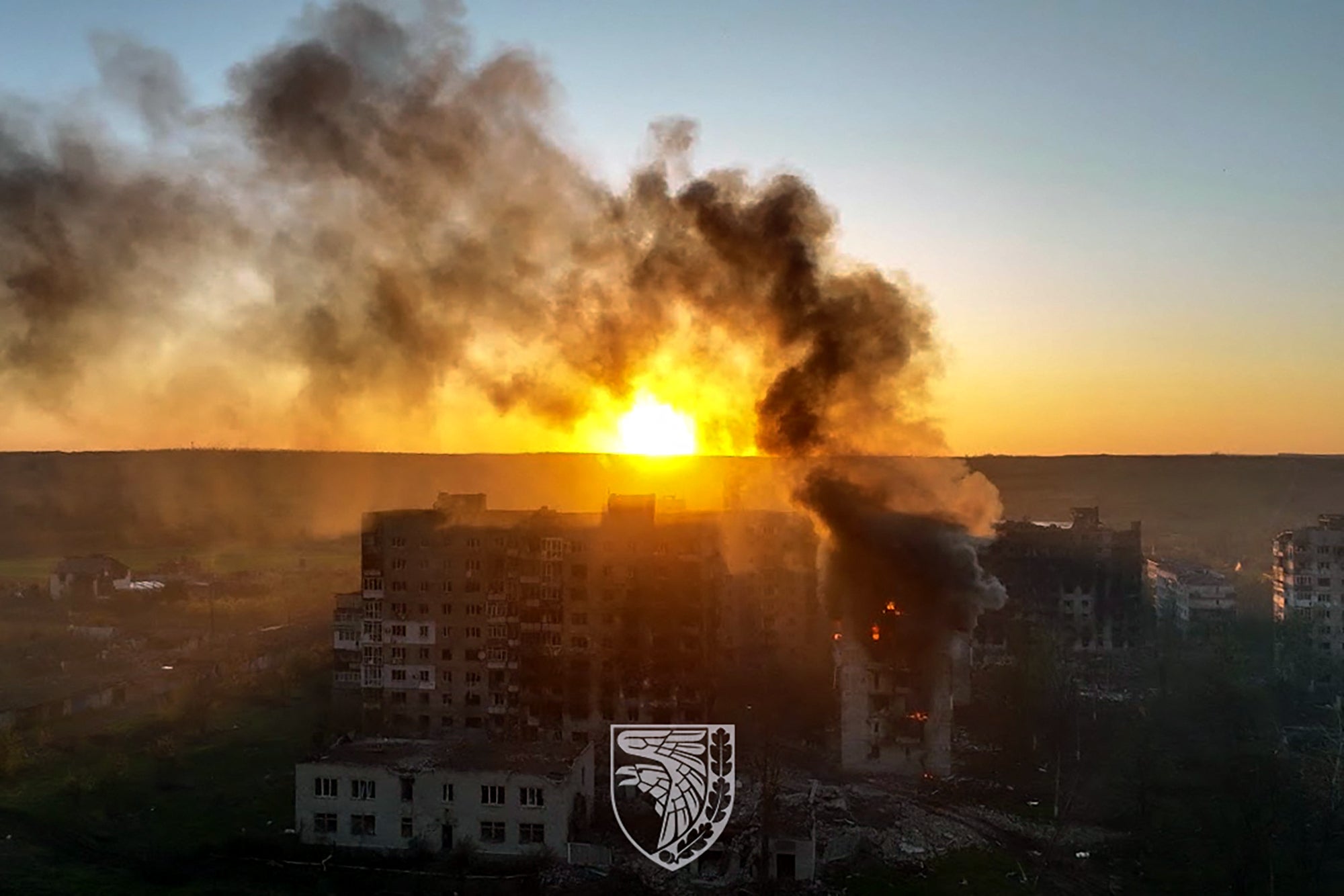
Sergeant Ruslan, of Ukraine’s 57th Motorised Infantry Brigade, described his experience of Russian tactics to me during a visit to Bakhmut a few months ago.
“They send their mobics [newly mobilised] in first. There isn’t much cover here as you see, and it’s easy to shoot them. But as we are busy doing that they try to sneak through the better-trained soldiers. They gain a few streets, we take them back, they come again, we drive them back... Where it’s all going I don’t know, but a lot of people are dying.”
Wagner fighters had been taken prisoner. They included a young Uzbek, Talat Nazarbeko, who was convinced that the Ukrainians would shoot him after we journalists left. But he lived, and I met him receiving treatment for his injuries at a hospital in Kramatorsk a few days later.
Nazarbeko was one of the more experienced fighters, he had served in Syria. “The new recruits have no choice, but I don’t see the ones who do wanting to come to Bakhmut. It’s just continuous fighting, and the chances are you won’t get out alive. We did not understand what we were doing there really,” he said.
Prigozhin’s and the Kremlin’s desperate need to capture Bakhmut is purely for propaganda and not military reasons, say the Ukrainians and their Western allies.
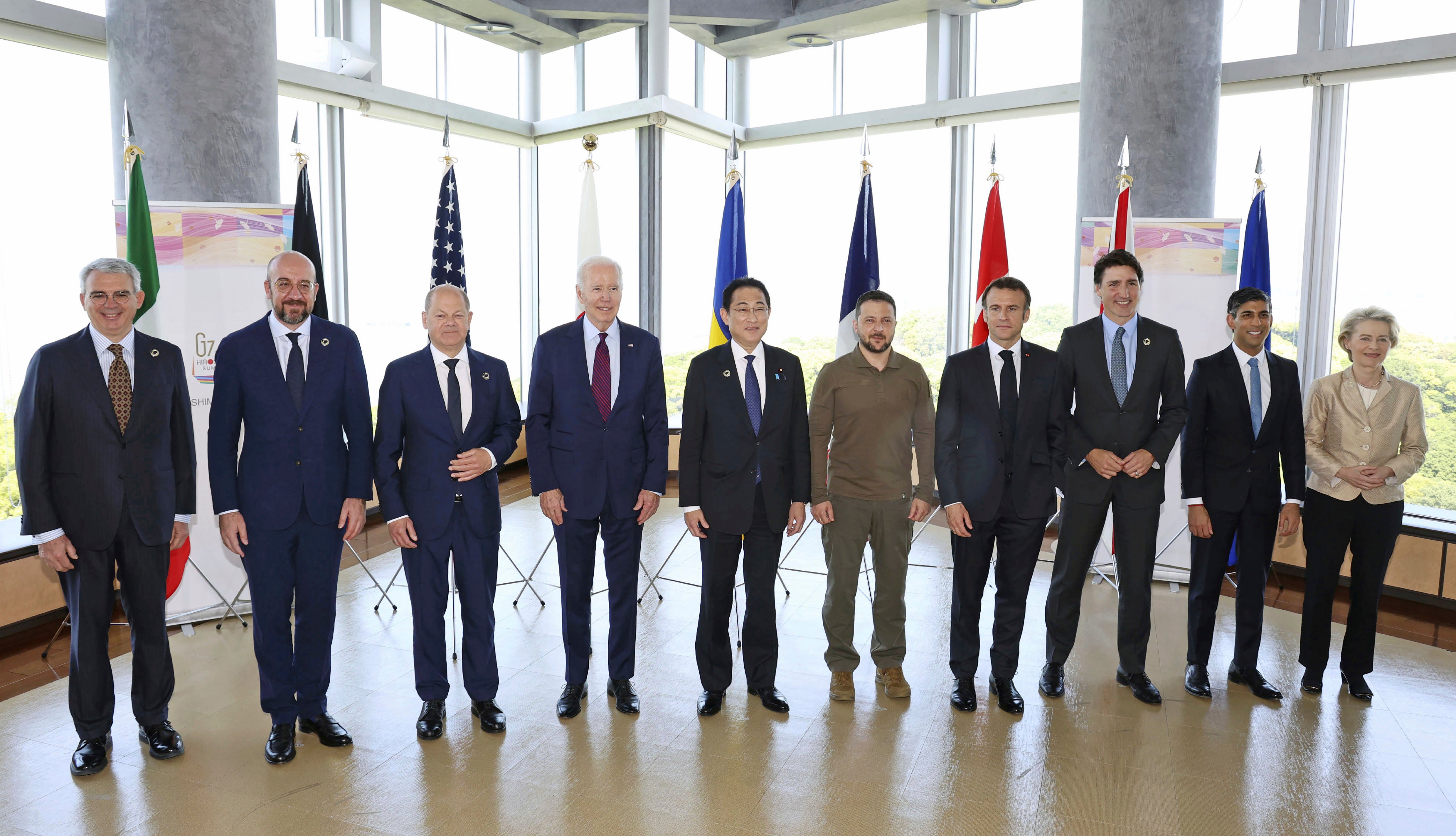
Serhii Kuzan, chair of the Ukrainian Security and Cooperation Centre, said: “They are fighting a political mission, not a purely military one. Russians will continue to sacrifice thousands of lives to achieve their political goals. The Russian leadership is divided, they are blaming each other over their failures in Ukraine, Bakhmut has become a battleground between Prigozhin and Shoigu.”
The Ukrainian government themselves have been under some pressure to pull out of Bakhmut to avoid further casualties. There have been warnings on social media that similar delays have cost lives in Mariupol and Sievierodonetsk.
But for Kyiv, like Moscow, holding Bakhmut has become a matter of principle and prestige. On his visit to Washington late last year, Mr Zelensky called the city “the fortress of our morale” and gave a Bakhmut flag to the US Congress. “The fight for Bakhmut will change the trajectory of our war for independence and for freedom,” he said. Speaking at the G7 summit in Tokyo this past weekend, the president wanted to stress that “Bakhmut is in our hearts.”
Away from the claims and counter-claims, for the people of Bakhmut, months of violence have left echoing pain and sadness. Viktoria Ponomarenka’s 68-year-old mother, Iryna, died of a heart attack last September during a bombardment. Her body could not be moved for three days. The rest of the family fled to city, their home was destroyed 10 days later.
“We have relations, friends who have been killed, injured made homeless. We had been living through hell for a year,” said Ms Ponomarenka, who is now living with her four children in Dnipro.
“My mother’s house was badly damaged, so she had to move in with us. She had lived in that house for 52 years, it was full of her memories, her lovely garden was burned to ashes. She was depressed and frightened, at the end she died of a broken heart,” she said.
“I hope the rest of us will go back there one day. Our home has gone, most of our street has also gone, the schools, the shops. We’ll have to somehow find the energy to build everything again: It’s going to be very hard.”

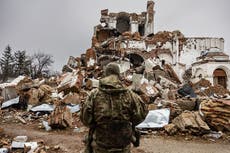




Join our commenting forum
Join thought-provoking conversations, follow other Independent readers and see their replies
Comments